|
I completed two versions of “The Adorant.” They are based on a fresco in ancient Akrotiri. To read more about Akrotiri, and the other art I have made based on it, click HERE. One is 12x6 inches, and the other is 20x16 inches. The frescos of Akrotiri are just crumbled vestiges, and had to be reassembled like a puzzle. To emulate the effect of the fragmented frescos, I slathered fiber paste and molding paste over heavy watercolor paper. When this was dry, I drew and painted the figures, I then tore the image up, and reassembled it on a panel. Tearing up my art was strangely therapeutic! You can see a video of me doing this below!
I am enchanted by the image of this woman gazing out from her island home, to watch these splendid sea crafts cruising by. A special sneak peak into one of the more fun moments of being an artist...
0 Comments
I just got back from my Dream Vacation That is Not a Vacation. My journey into the caves.
With the guidance of Dr. Carol Aalbers, we had special, personalized tours in multiple caves containing Paleolithic paintings. But we didn’t just go visit the caves. We then took time to process what we experienced together using art, movement, and dream exploration. The Caves I toured five caves, plus a rock shelter. I realize that I am an artist who blogs, not a travel blogger, so I will simply tell you which caves I visited, then talk about the impact they had on me. By the way- photography is not allowed inside the caves, so I am showing images I have pulled off websites devoted to the caves. Lascaux Cave is one of the most impressive and famous Paleolithic art caves in the world. Its so famous that it had to be closed to the public- the breath of so many visitors deteriorated the paintings. So, several replicas have been made. Lascaux is the only cave I saw on this trip that was a replica. Although the replica is truly impressive, being in the actual caves is incomparable. Below are the four real caves I got to see.
A Profound Experience Imagine going underground into a cave. The atmosphere is totally different than the world above. It’s cool, it’s dark, it’s damp. You shuffle along with your tour companions, contemporary human beings with backpacks and rain jackets.
Now, imagine not just hand prints, but mysterious graphic signs, dots, and beautiful, elegant drawings. For me, it was an extraordinary, almost mystical experience. The Artmaking In between the days saw the caves, we would stay at our B&B and make art. The artmaking was facilitated by Kirah Van Sickle. She guided me through art processes using materials that I am not used to, using colors I wouldn’t normally choose, in a format I’ve never done before. First, I created two small paintings on paper, using stencils, little sponge rollers, watercolor pencils, collage, and something called a gelli plate, which is a way to make monotypes. Then, we folded up large pieces of paper to make little tiny 3x3 inch books, which we then adorned, using the same materials. The materials and approach was entirely different than what I normally do, and it brought me away from my routine- and my artistic tricks! I was forced to become more imaginative and loose, and it was a lot of fun. The Essence of Art Why do art? Why do I do what I do? I struggle with making art I describe as "performative," by which I mean, result-oriented. I can easily slide into the territory of doing something for the sake of approval. So, there’s a tension, because on the one hand, I want to do artwork that’s good quality and appeals to people. But on the other hand, I want to make art that purely authentic and comes from my heart. Going into those caves and seeing work from artists/shamans from tens of thousands of years ago really brought me into direct connection with the fundamental drive humans have to dream, to communicate, to create and express ourselves. It reminds me that this is my primary missive, sales and accolades be damned. Are there ways that I could present finished work that features my drawing? Does it have to be anything other than what it simply is? This trip was a profound experience, and I feel very different. My hope is that this difference will continue to grow in my heart and mind, and that it will inform my artmaking from this time forward. Now, off to make some art!
A few years ago, I read an article in Archeology Magazine, called When the Ancient Greeks Began to Write; Newly Discovered Inscriptions Help Explain How Literacy Spread.
The Cup of Nestor The Cup of Nestor was discovered in 1954 at what had been an ancient Greek colony in Italy. The cup was probably formed and fired in 750 BC. Some years later, someone scratched letters on it. It is one of the earliest extant examples of the use of an alphabet. What is an alphabet?
The thing that makes an alphabet an alphabet is that it has symbols that indicate consonants and vowels, in other words, smaller sound units. These symbols, or letters, can be used to indicate the sound of a word, not just a concept of a word. This meant that it could be used to write down poetry, names, anything you like. Before this time, writing was a skill used for very specific purposes, such as rituals or official diplomatic letters. But most of it was used for something that grew in importance as societies became more and more complex: money.
Along came the Greek alphabet. Exactly how, where and when it was invented is pretty foggy. But what is clear is that it was developed from a writing system used by the Phoenicians, a sea-faring cluster of peoples living along the coast of today’s Lebanon and Syria. Someone took this writing system and developed it so that the sounds of words could be captured. It took off like a house on fire. Elite men across the Greek world with its far-reaching colonies and cities started to write. Writing became cool. It became all the rage. So, the Cup of Nestor with its scratched inscription was a very early example of this. But what also makes even more it fascinating is that it isn’t just any old inscription, it is a joke. One of the world’s first recorded jokes. It’s an inside joke about old King Nestor in the Iliad. It reads: “I am the cup of Nestor, a joy to drink from. Whoever drinks this cup empty, straightaway the desire of beautiful-crowned Aphrodite will seize.” In context, I can almost imagine the scene in which this occurred. This cup is a drinking cup. It would have been used at a symposium. This brings me to the image I chose to lay behind my rendition of the cup. The Tomb of the Diver The Tomb of the Diver is a coffin-sized tomb in what was a Greek colony in southern Italy, probably created around 470 BCE. It’s made up of five limestone slabs, covered with plaster and painted with frescos. Along the walls of this small tomb the scene of a symposium is depicted. Beautiful men are laid out on their fancy couches, drinking, talking, playing games- and flirting. But the tradition of same-sex love affairs was strong during that time, as is demonstrated by this beautiful painting. Same-sex love in ancient Greece is a huge subject, fascinating in itself, and very very different from how we conceive of and enact same-sex relationships today. But if you were to look up “symposium” in an article or entry, often this very image is associated with it. My artwork inspired by The Cup of Nestor blends three elements: the alphabet, a symposium, and being seized by the desire of beautiful-crowned Aphrodite. I don’t want to completely understand or graphically illustrate this moment in time. I want to express the mystery of it. I do this by borrowing images of what remains and combining them together into an eurhythmic, evocative whole.
From the adobe-style buildings, to the textiles, to the silver and turquoise jewelry, regional Native American peoples have created the basis of the “Southwest” style.
Museums Abound!
Santa Fe is chock full of museums. Now, I love museums. Wherever I go, I seek out museums, and can spend an almost distressingly long amount of time in them, reading every interpretive panel and label as I go.
Museums are different than when I was young (heck, everything is different than when I was young!) All educational materials were oriented from a white, male, European-oriented point of view. This has really shifted.
The Palace of the Governors
Now, back in 2004, Jim and I visited Santa Fe and went to the Palace of the Governors. I remember seeing exhibits in the long, rambling adobe building situated on the main public square.
There, I learned in great detail about the clash of three groups; Native Americans, the Spanish, and later the “Americans” (I wish to goodness I could call us “United Statesians”- far more accurate!)
Museum of Indian Arts and Culture
Contemporary artwork is included along side of the historical objects, giving an even larger sense of it being a living experience, not a dry report.
The main permanent exhibit is called “Here, Now & Always” The title is appropriate, because it used to be that Native Americans were described in past tense, like they didn’t exist anymore.
Museum of Contemporary Native Arts
What have I learned?
I understand that what I am about to say is going to be a cliché, so please bear with me.
European culture is very compartmentalized. Emphasis on the individual, especially here in the US, is unusually important. On top of that, artists and art are seen as being apart from the rest of society, as being “special” and isolated.
As I was immersed in and experienced what these museums were offering, two main themes emerged.
One, that for these Native American creators, communal identity is a part of what goes into every form of expression. Two, that the things created and displayed were often regarded not as “objects,” but as living things with an energy of their own.
One terrific exhibition at The Museum of Indian Arts and Culture is Grounded in Clay: The Spirit of Pueblo Pottery. The collection of pots and sculptures displayed are from diverse places and times, and were curated by a group of Native American potters, historians, and educators.
In one video, a potter said “Each pot has its own journey. Each pot has its memories.” (See video below)
It seems to me that the act of creation for many Native American artists is not merely an attempt at personal expression, but is an essential tool. A tool not only for cultural survival, but for their communities to thrive, and communicate who they are to the outside world.
Yes, but what about Moi?
Warning: this post has pictures of bare-naked ladies. My newest piece, Boudoir II, may be called something of a "boudoir painting"- a bit of campy fun for me. I find myself drawn to appropriating and playing with traditional forms of displaying the female form. What is a boudoir painting? It is a painting of an object of desire, for the purposes of private viewing, rather that public display. In other words, for the bedroom, not the drawing room. However prurient the motivations creating and owning such art may have been, boudoir painting has an august history, and are often considered to be some of the worlds greatest works of art. The examples of boudoir paintings shown below differ from Boudoir II in one important way: my lady has got clothes on. But what it does have in common with them are: a prominent female figure, who usually addresses the viewer directly, in an intimate setting, that includes props that infer meaning. The trappings and props create a narrative, and often, the artworks raison d'etre.
At any rate, the inclusion of "Venus" in the title provides the necessary bona fides that made this an acceptable work to own. "Orientalism" is another way that western painters could legitimize depicting the female nude. Imperialism and colonialism created a blank canvas upon which a European artist could depict sensuality not permitted by polite society in Europe. Grand Odalisque by Ingres is one of the most famous examples of this. Interesting fact: the word "Odalisque" means an enslaved woman, or a concubine in a harem. It's French, derived from the Turkish word, odalık, which derived from the word oda, meaning "room". As in, you can't leave your room. Then things started to get really interesting. In 1865, Edward Manet painted "Olympia". It was transparently referring to The Venus of Urbino, shown above, but with oppositional elements. It was shocking to society at the time, not because she was naked, but because of her frank, direct gaze, and accoutrements that indicated she was a prostitute, not a goddess or an exotic "other". She is depicted as a woman in charge of her sexuality, not a receptive, docile plaything. (An interesting and related subject is the difference between "nude" and "naked" in traditional art- but that is for another blog post!) Though the veil may have been ripped off the pretense of female nudity, the racist depiction of her black maid, who literally disappears into the background, was entirely conventional. For some interesting background about both of the models in this painting, go to these articles: Victorine Meurent and Laure. As time went on, the ability to mass produce imagery developed, so the boudoir picture moved from the salons of the privileged few to the Everyman. Depictions of nudity, and specifically female nudity, became more and more acceptable in fine art and in popular culture.
For a great example of this, check out Vixen Pin Up Photography, whose tag-line is "Be the Girl of Your Dreams" In 1975, Laura Mulvey, feminist film and culture critic coined the phrase "The Male Gaze" to unpack the phenomena of the preponderance of female nudes in visual culture.
In 1985, an anonymous group of female artists called The Guerrilla Girls formed to fight sexism and racism within the art world.
So, what does this all mean? I don't pretend to be particularly enlightened when it comes to feminism and art. I am still very beholden to The Male Gaze myself. But part of being an artist is following where our inspiration leads us. My relationship to sexualized images of women is an inexorable part of who I am. The question is, what do I do with it? How does it reflect my individuality? Does it resonate with others, and if so, how?
Yes, I love archeology and ancient history.
On my last vacation, I brought books to read and some drawing materials. One book in particular grabbed me and wouldn't let go; The Sutton Hoo Story by Martin Carver. I felt moved to produce drawings inspired by what I learned and saw. I find myself so fascinated by archeology that, at some point, I may create an entirely new body of work. It's all very speculative, but it is very exciting for me, and I wanted to share it with you now. What is Sutton Hoo? There is a really great movie based on a novel, both called The Dig that dramatizes the excavation of Mound 1, where some of the most impressive and beautiful artifacts ever found in Britain were discovered. But while I like jewels and treasures, it is the dirt and bones that really intrigue me. My first endeavor was a pencil sketch of the remains in burial Mound 17. Among other things, there were caldrons, weapons, a comb, and the remains of a bridle. In another mound close by, his horse was interred, along with a bucket of oats. My next sketch was of another, very different type of grave. After the region had converted to Christianity, this sacred ground, populated with rich burial mounds for esteemed community leaders, was used as a place to execute convicted criminals. A gallows was erected on one of the mounds, and the site is littered with shallow graves of the disgraced and condemned.
It's sad, it's haunting and it's beautiful. The last piece I produced is a pencil sketch of an idea I have brewing in the back of my brain. My impulse is to layer, somehow, images and inspirations from digs. I would like to create drawings of the finds, and layer them with schematic diagrams and maps, along with my imagined scenarios of the people and objects when they were alive and in use. I may need to learn a new medium, such as encaustic, to gain the effect I want. This is a rough idea of what I might do. It is a composite image of things from the famous Mound 1. Below the sketch are images from the book that I have woven into the sketch. Mound 1 was covering a large ship. Within the hull of the ship there was a wooden burial chamber, containing a coffin and body, and many stunningly valuable grave goods. It is one of the most famous archeological finds in history.
I'm really not sure where this is headed. It's very exciting and a little scary.
I will continue with my current series of art based on film noir until it feels right to commence on this new path. Maybe I never will get to it, or maybe I will start next week. Stay tuned. |
Take a Closer Look.
Here is an intimate, in depth glimpse into my thoughts, inspiration and artistic process. Categories
All
Not seeing what you're looking for? My previous blog on blogspot can be found HERE.
|











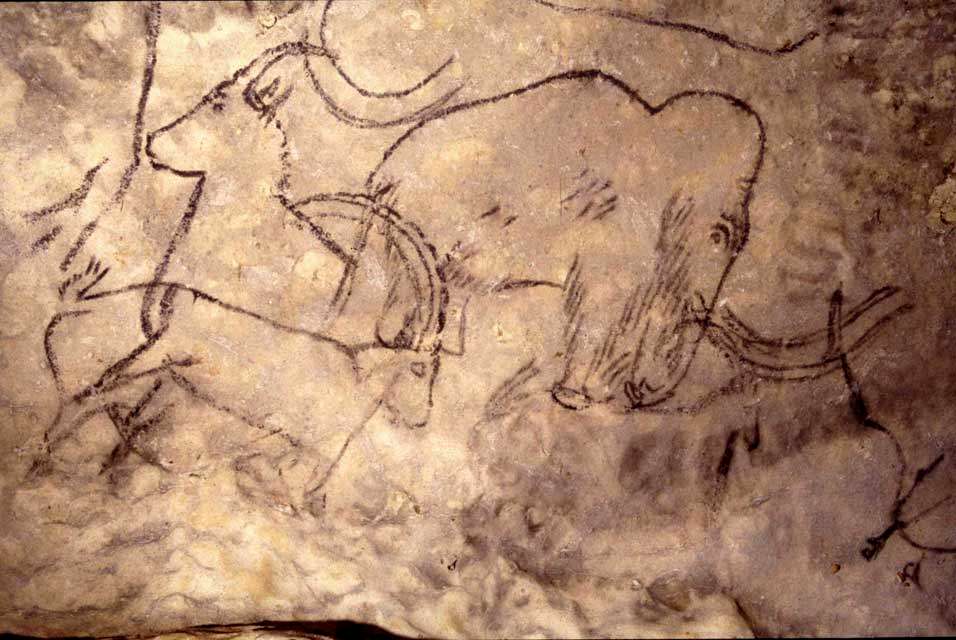
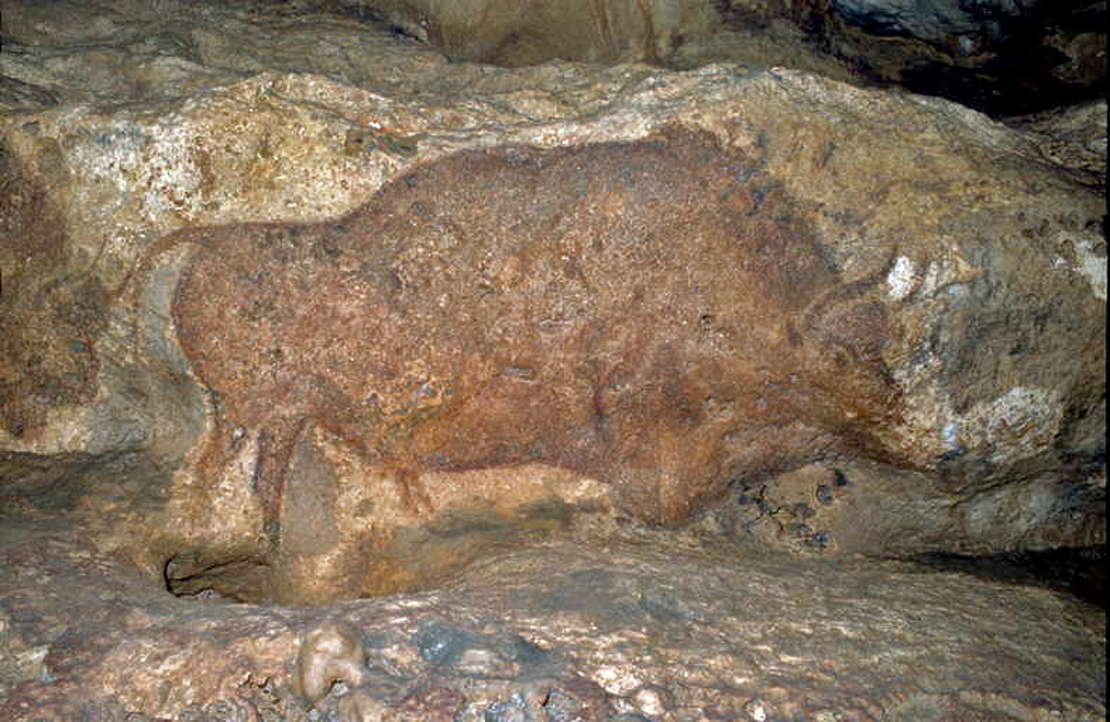
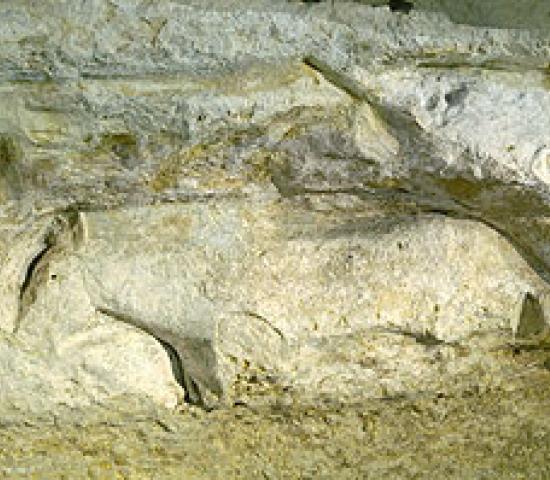

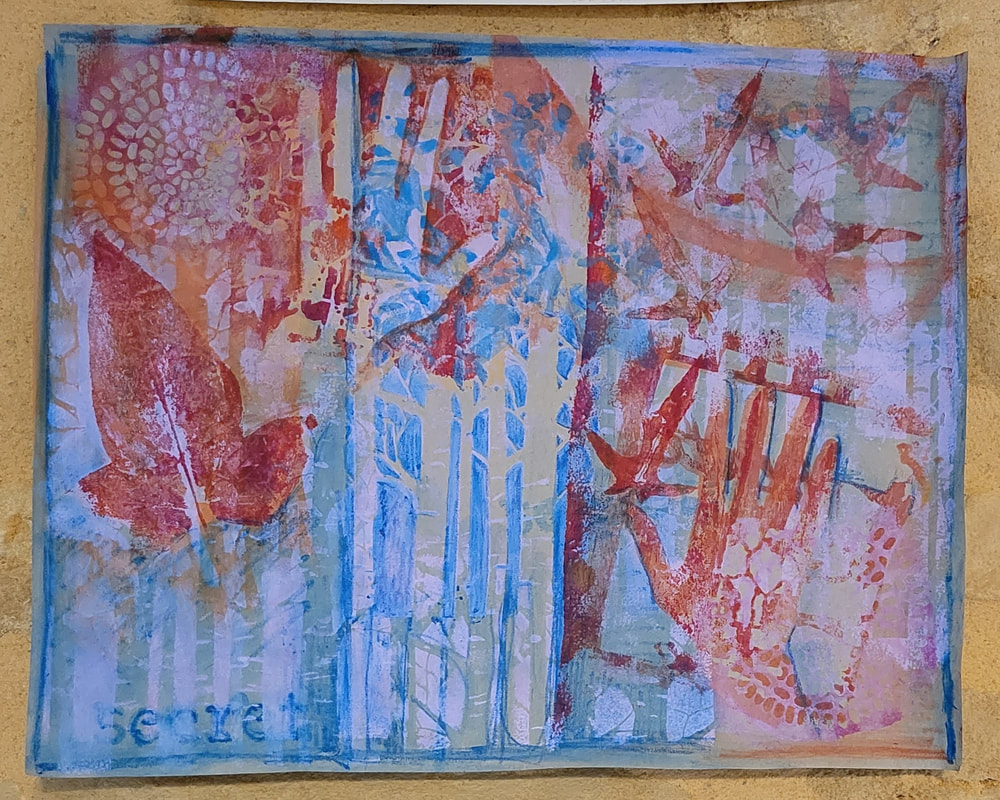


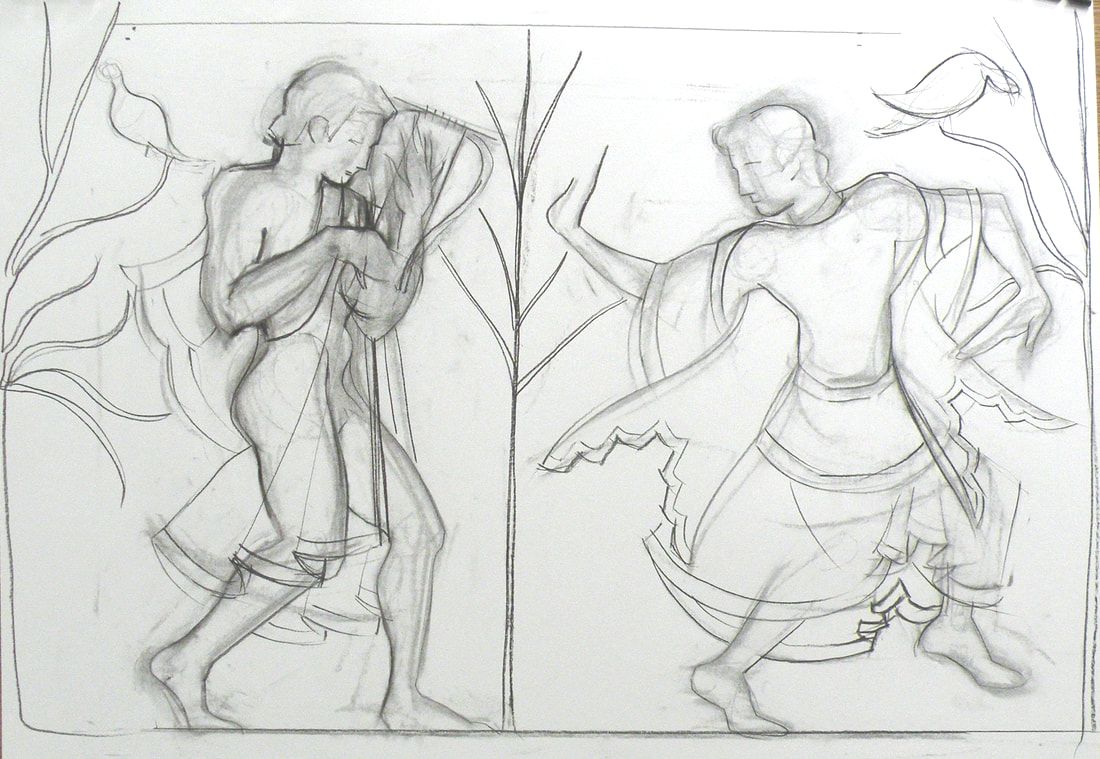

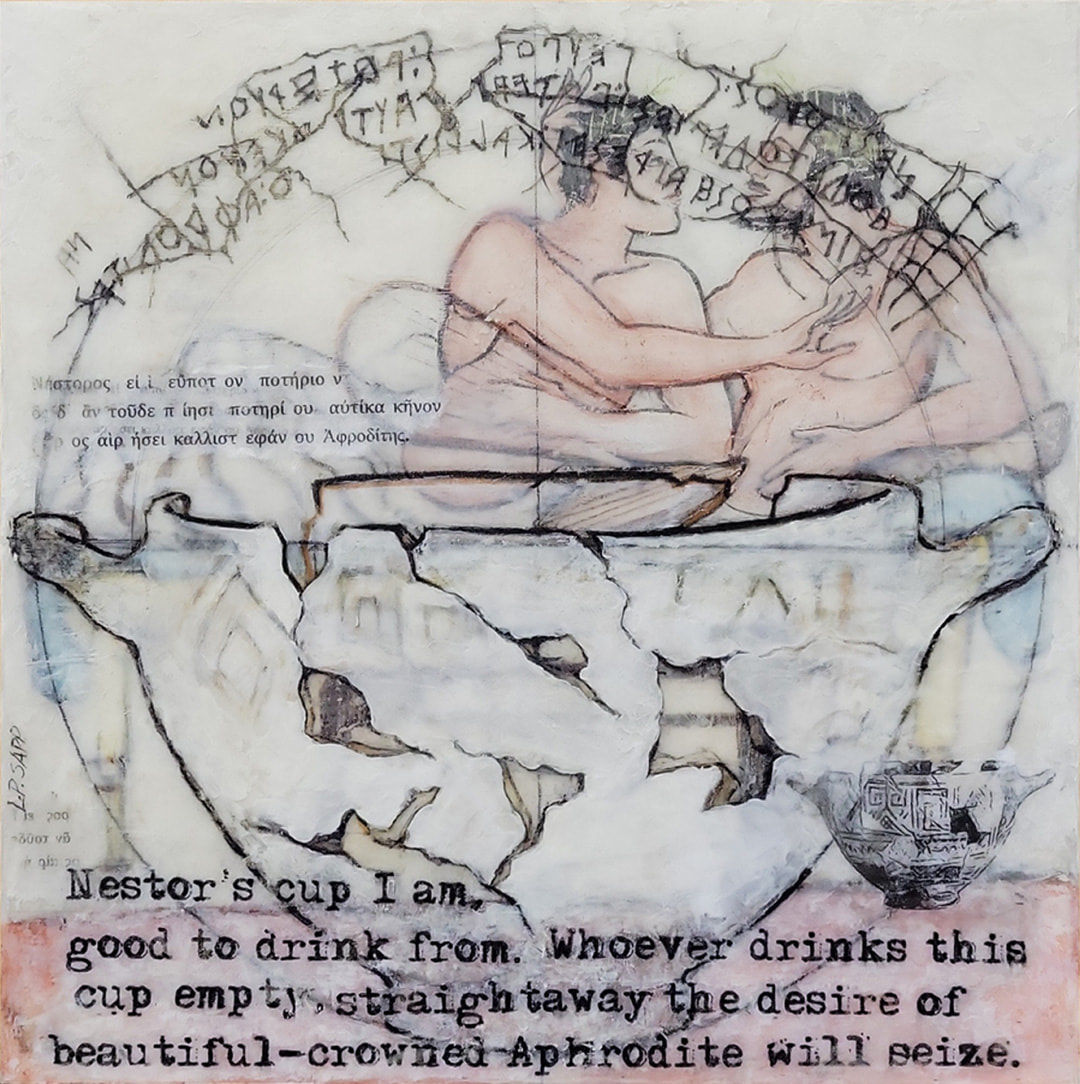



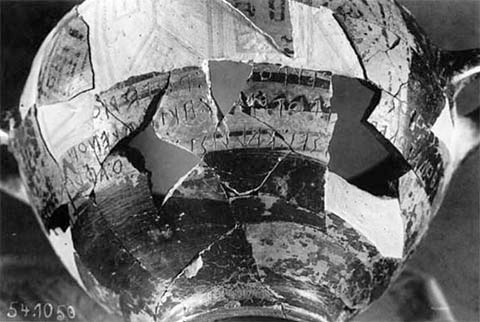









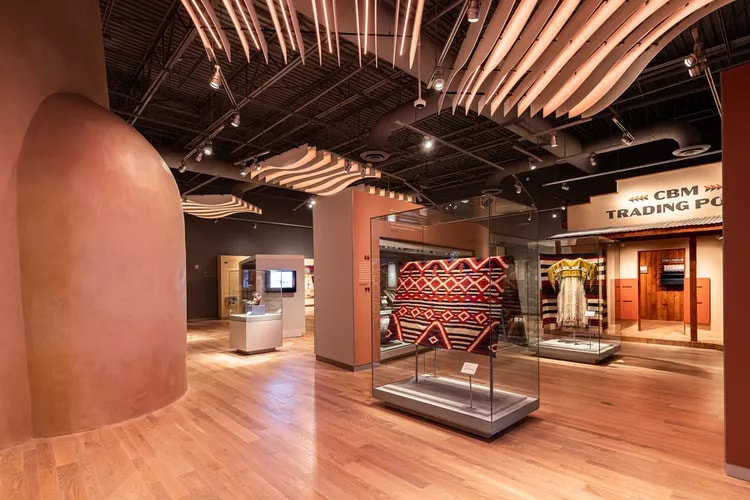






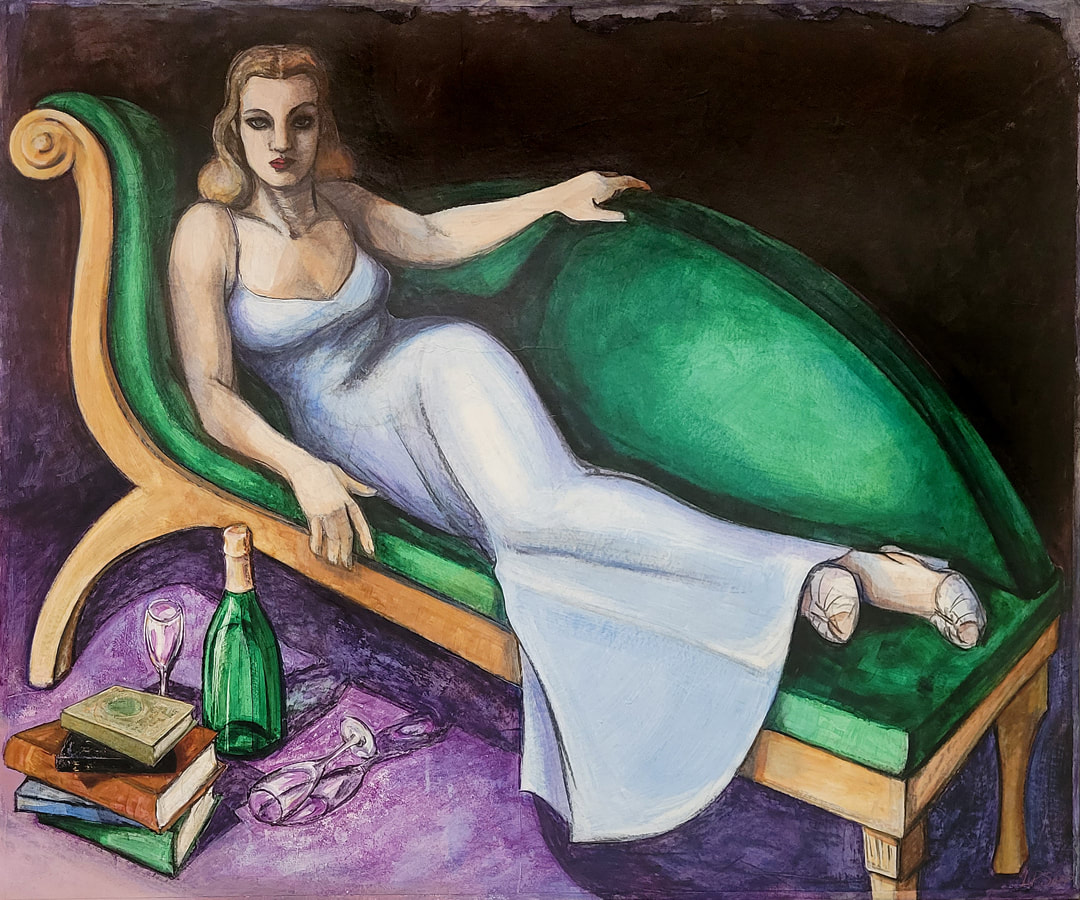

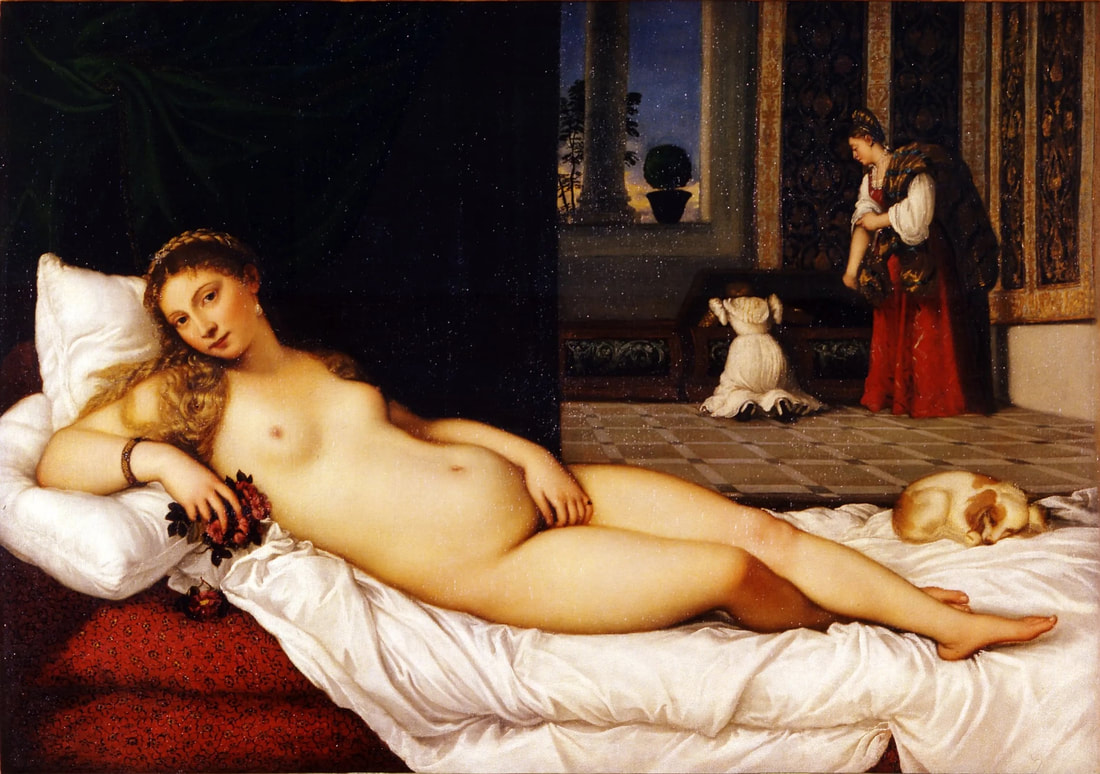
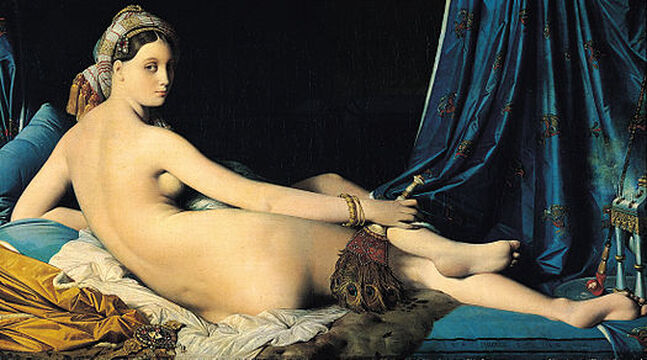

















 RSS Feed
RSS Feed